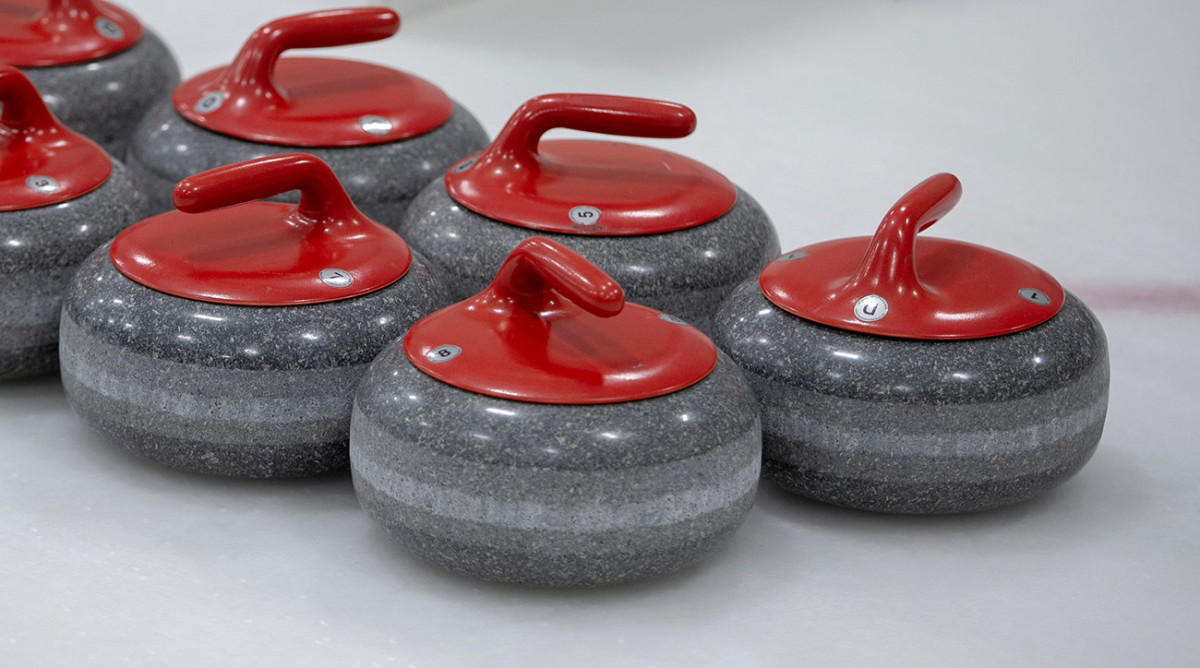Machines Notch Another Victory in War vs. Humans With Curly the Curling Robot


Machines can't do everything humans can—at least not well—but one curling robot is attempting to change that.
The appropriately named robot Curly just mastered the art of curling and beat two Korean national teams. A group of researchers in South Korea and Germany built the AI-based robot that can play the sport professionally.
The researchers published a paper on Curly in Science Journal and said the robot won three of four matches "against expert human teams"—South Korea's top-ranked women's curling team and a reserve squad for the national wheelchair team–slightly narrowing the gap between machines and humans.
So will Curly be making its Olympic debut this decade?
Despite the robot winning three matches, they weren't entirely like an Olympic competition. Curling is often described as a combination of bowling and chess. Two teams throw large stones across 150 feet of ice toward a target, requiring precise physical movements and the need to strategize quickly. Teams try to knock each others' stones out of the target. One of the more entertaining aspects of curling is watching the stone thrower's teammates use brooms to sweep the ice to impact the stone's speed and path.
There's just one problem for Curly—the robot doesn't have arms.
South Korea's two teams didn't use brooms in their matches with Curly to make the competition fair for their new AI friend.
Curly gets around on wheels and has two cameras. One raises up to seven feet to give Curly an aerial view of the ice and the second camera sits near its front wheels. The cameras help Curly calculate the next throw, and researchers taught the robot strategy using simulated curling games. Curly doesn't experiment on the fly. However, the robot can correct its mistakes and tweak its moves accordingly.
Curly might not be ready for the Olympics yet, but perhaps the AI system should get a gold medal for its advances in science.
